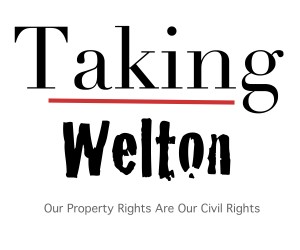The Redevelopment Racket
“The justifications that governments give for subsidizing private developments are often dubious, but this was particularly so for a recent New Jersey deal. This summer, the state granted $82 million in tax credits to the Philadelphia 76ers to build a practice facility in Camden. Although it will create only 50 jobs and be closed to the public, officials believe that its waterfront presence will uplift the city. The credit was granted by a heavily indebted state to the team’s billionaire owner, for a city that suffers 16 percent unemployment and 42 percent poverty, and recently cut half of its police force.
While this facility seemed like a misallocation, it mirrored various others that have been subsidized nationwide. In this respect, it was but one example of a public redevelopment trend that has increased governments’ capacity for cronyism, land confiscation, and waste.
Government’s involvement in redevelopment greatly increased after World War II, when America’s middle class flocked to the suburbs. This left surpluses of older buildings, causing many cities to demolish them and build modern structures. In 1949, this “urban renewal” was assisted by Title I of the federal Housing Act, which allocated billions of dollars to city and state governments. New projects included common infrastructure, along with commercial buildings like stadiums and cultural centers, and were generally constructed by local public corporations. Although the projects modernized cities, they also displaced thousands of families in favor of large and often inadequate developments. Title I ultimately became so unpopular that Congress ended it in 1974, diminishing the federal government’s role in redevelopment. However, many public corporations found new revenue sources and continue similar policies. “
Beyer, Scott. The American 8 October 2014.
*
